Home>Home Appliances>Laundry Appliances>What Is The Largest Washing Machine Capacity
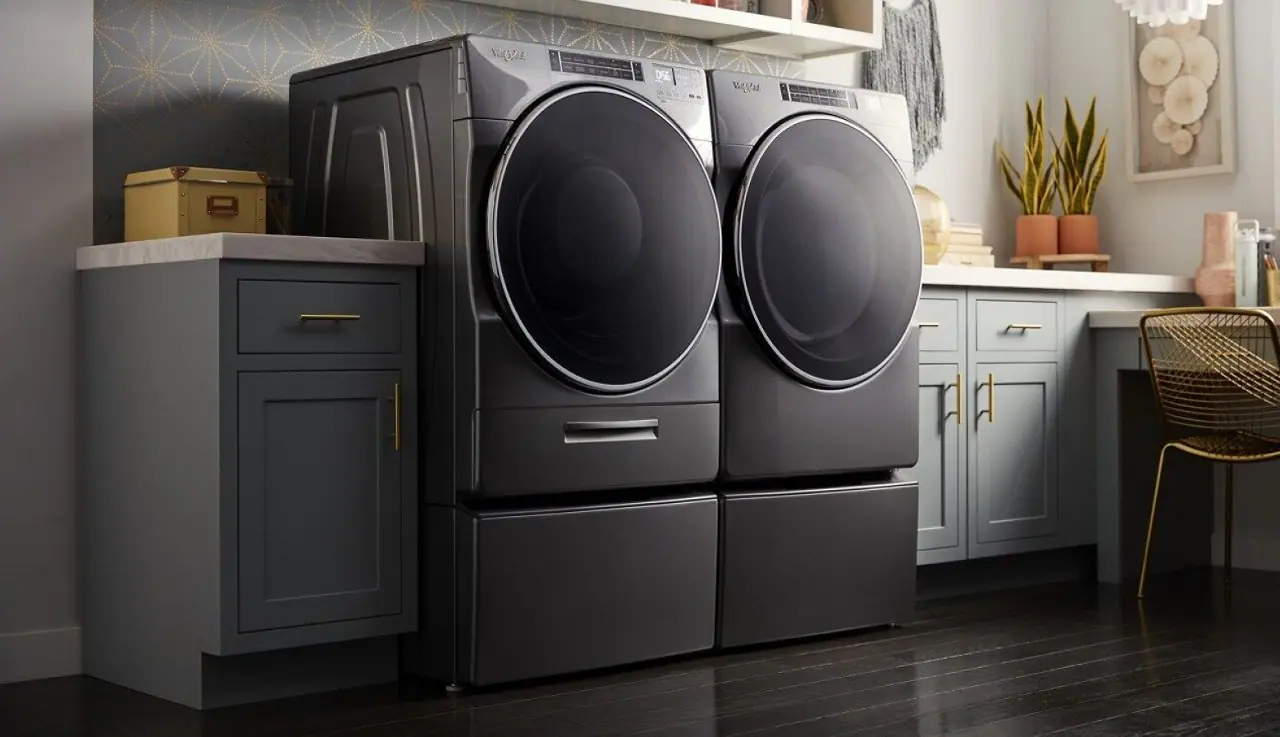

Laundry Appliances
What Is The Largest Washing Machine Capacity
Published: February 22, 2024
Discover the largest washing machine capacity for your laundry needs. Find the best options in laundry appliances for efficient cleaning and convenience.
(Many of the links in this article redirect to a specific reviewed product. Your purchase of these products through affiliate links helps to generate commission for Storables.com, at no extra cost. Learn more)
Understanding Washing Machine Capacity
Washing machine capacity refers to the amount of laundry that can be loaded into the machine for a single wash cycle. It is typically measured in pounds or kilograms and plays a crucial role in determining the efficiency and convenience of the laundry process. Understanding the significance of washing machine capacity is essential for making informed decisions when purchasing a new appliance.
The capacity of a washing machine directly impacts its ability to handle different load sizes. A larger capacity allows for more clothes to be washed in a single cycle, which can be advantageous for households with larger families or those who frequently wash bulky items such as comforters and blankets. On the other hand, a smaller capacity may be more suitable for individuals or smaller households with lighter laundry needs.
In addition to the quantity of laundry that can be accommodated, washing machine capacity also influences the quality of the wash. Overloading a machine beyond its capacity can lead to subpar cleaning results and increased wear and tear on the appliance. Conversely, using a machine with a capacity that exceeds the size of the load may result in unnecessary water and energy consumption.
Moreover, understanding washing machine capacity involves considering the available space for the appliance. Larger capacity machines generally require more physical space, so it is important to assess the dimensions of the laundry area to ensure a proper fit.
In summary, washing machine capacity is a fundamental aspect to consider when selecting a new appliance. It impacts the efficiency, convenience, and effectiveness of the laundry process, making it essential for individuals to assess their specific needs and available space before making a purchase.
Key Takeaways:
- Washing machine capacity is crucial for efficient laundry. Consider household size, future needs, and space constraints when choosing the right capacity to enhance convenience and effectiveness.
- Evaluate load sizes and types of laundry to determine the largest washing machine capacity. Anticipate future needs and balance capacity with space while considering energy efficiency for cost savings.
Read more: What Is The Largest Washer Capacity
Factors Affecting Washing Machine Capacity
The capacity of a washing machine is influenced by various factors that play a pivotal role in determining its effectiveness and suitability for different households. Understanding these factors is crucial for individuals seeking to make an informed decision when purchasing a new washing machine.
-
Physical Size and Design: The physical dimensions and design of a washing machine significantly impact its capacity. Front-loading machines, for instance, typically have a larger capacity compared to top-loading models due to their drum design and orientation. Additionally, compact or space-saving washing machines may have a smaller capacity to accommodate their smaller footprint.
-
Drum Size and Configuration: The size and configuration of the washing machine's drum directly affect its capacity. A larger drum can accommodate more laundry, making it suitable for larger households or those with bulkier items to wash. Some machines also feature specialized drum configurations, such as those with agitators or impellers, which can impact the available space for laundry.
-
Efficiency and Energy Ratings: Washing machines with higher capacity often consume more water and energy per cycle. As a result, manufacturers may design machines with lower capacities to achieve higher energy efficiency ratings. This trade-off between capacity and energy consumption is an important consideration for environmentally conscious consumers.
-
Load Sensing and Adaptive Technologies: Modern washing machines may incorporate load sensing and adaptive technologies that adjust water levels and cycle durations based on the size of the load. While these features can optimize water and energy usage, they may also limit the maximum capacity of the machine to ensure efficient operation.
-
Household Size and Laundry Habits: The capacity of a washing machine should align with the specific needs of the household. Larger families or individuals with frequent laundry needs may benefit from a machine with a larger capacity to minimize the number of wash cycles required. Conversely, smaller households or individuals with lighter laundry demands may find a smaller capacity machine to be more suitable.
-
Space Constraints: The available space for the washing machine installation can also influence the choice of capacity. In cases where space is limited, individuals may opt for a smaller capacity machine to ensure a proper fit within the designated laundry area.
Understanding these factors provides valuable insights into the dynamics of washing machine capacity. By considering these aspects, individuals can make informed decisions when selecting a washing machine that aligns with their specific needs, lifestyle, and space constraints.
When looking for the largest washing machine capacity, consider a front-loading machine, as they typically have larger capacities than top-loading machines. Look for a capacity of around 5.0 cubic feet or more for the largest options.
How to Determine the Largest Washing Machine Capacity
When it comes to selecting a washing machine with the largest capacity, several key considerations can help individuals make an informed decision. Understanding how to determine the largest washing machine capacity involves a combination of practical assessments and thoughtful evaluations.
-
Assess Household Needs: Begin by evaluating the specific laundry needs of the household. Consider the average amount of laundry generated per week, the types of items frequently washed, and the number of individuals in the household. This assessment provides a foundational understanding of the required washing machine capacity.
-
Evaluate Load Sizes: Take stock of the typical load sizes that will be laundered. This includes considering the volume of clothing, linens, and other items that are commonly washed. By visualizing and quantifying the average load size, individuals can gauge the capacity needed to accommodate these loads efficiently.
-
Consider Future Needs: Anticipating future changes in household size or laundry habits is crucial. If there are plans for a growing family or an increase in laundry volume, opting for a larger capacity washing machine can provide long-term convenience and efficiency.
-
Review Machine Specifications: When exploring washing machine options, carefully review the specifications provided by manufacturers. Pay close attention to the stated capacity of each machine, typically measured in pounds or kilograms. Compare these capacities with the assessed household needs to identify machines with the largest suitable capacity.
-
Account for Special Items: Factor in the occasional need to wash bulky or oversized items such as comforters, blankets, or large bedding. Ensuring that the selected washing machine can comfortably accommodate these special items without overloading is essential for a versatile laundry solution.
-
Consider Space Constraints: While aiming for the largest washing machine capacity, it is important to ensure that the selected appliance fits within the available laundry space. Measure the designated area to verify that the chosen machine, particularly one with a larger capacity, can be accommodated without compromising accessibility and functionality.
By following these steps, individuals can effectively determine the largest washing machine capacity that aligns with their specific household needs, future considerations, and available space. This thoughtful approach empowers consumers to make informed decisions, ultimately enhancing the efficiency and convenience of their laundry routines.
Tips for Choosing the Right Washing Machine Capacity
When it comes to selecting the right washing machine capacity, several practical tips can guide individuals towards making a well-informed decision that aligns with their specific needs and preferences.
-
Assess Household Size and Laundry Habits: Begin by evaluating the size of the household and the frequency of laundry activities. Larger families or households with frequent laundry needs may benefit from a washing machine with a larger capacity to handle substantial loads efficiently. Conversely, smaller households or individuals with lighter laundry demands may find a smaller capacity machine to be more suitable and energy-efficient.
-
Consider Future Needs: Anticipating potential changes in household size or laundry habits is essential. If there are plans for an expanding family or an increase in laundry volume, opting for a washing machine with a larger capacity can provide long-term convenience and accommodate evolving needs without the necessity for an upgrade in the near future.
-
Evaluate Types of Laundry: Take into account the types of items commonly laundered. Individuals who frequently wash bulky items such as comforters, blankets, or large bedding should opt for a washing machine with a capacity that can comfortably accommodate these special items without overloading the machine.
-
Balance Capacity and Space: While aiming for a larger capacity, it is crucial to ensure that the selected washing machine fits within the available laundry space. Measure the designated area to verify that the chosen machine, particularly one with a larger capacity, can be accommodated without compromising accessibility and functionality.
-
Energy Efficiency Considerations: Larger capacity washing machines may consume more water and energy per cycle. It is important to consider the energy efficiency ratings of the machines and weigh the trade-offs between capacity and energy consumption. Opting for a machine with a capacity that aligns with the household's needs while maintaining energy efficiency can lead to cost savings in the long run.
-
Consult Manufacturer Recommendations: Manufacturers often provide guidelines for the ideal load sizes and capacities for their washing machines. Reviewing these recommendations can offer valuable insights into selecting the most suitable capacity for efficient and effective laundry cycles.
By considering these tips, individuals can confidently choose the right washing machine capacity that caters to their specific household requirements, future considerations, and space constraints. This thoughtful approach empowers consumers to make informed decisions, ultimately enhancing the efficiency and convenience of their laundry routines.
Frequently Asked Questions about What Is The Largest Washing Machine Capacity
Was this page helpful?
At Storables.com, we guarantee accurate and reliable information. Our content, validated by Expert Board Contributors, is crafted following stringent Editorial Policies. We're committed to providing you with well-researched, expert-backed insights for all your informational needs.



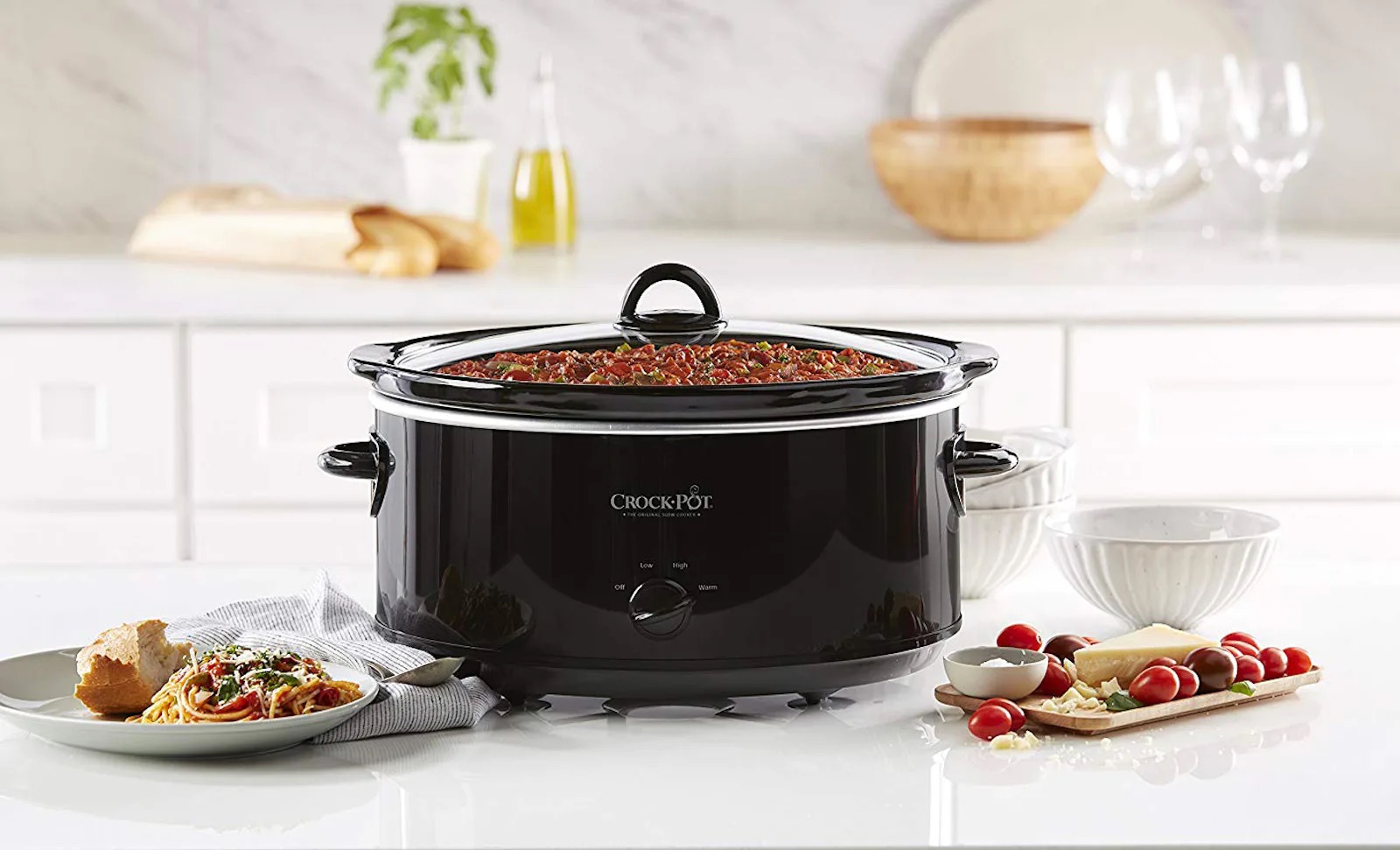


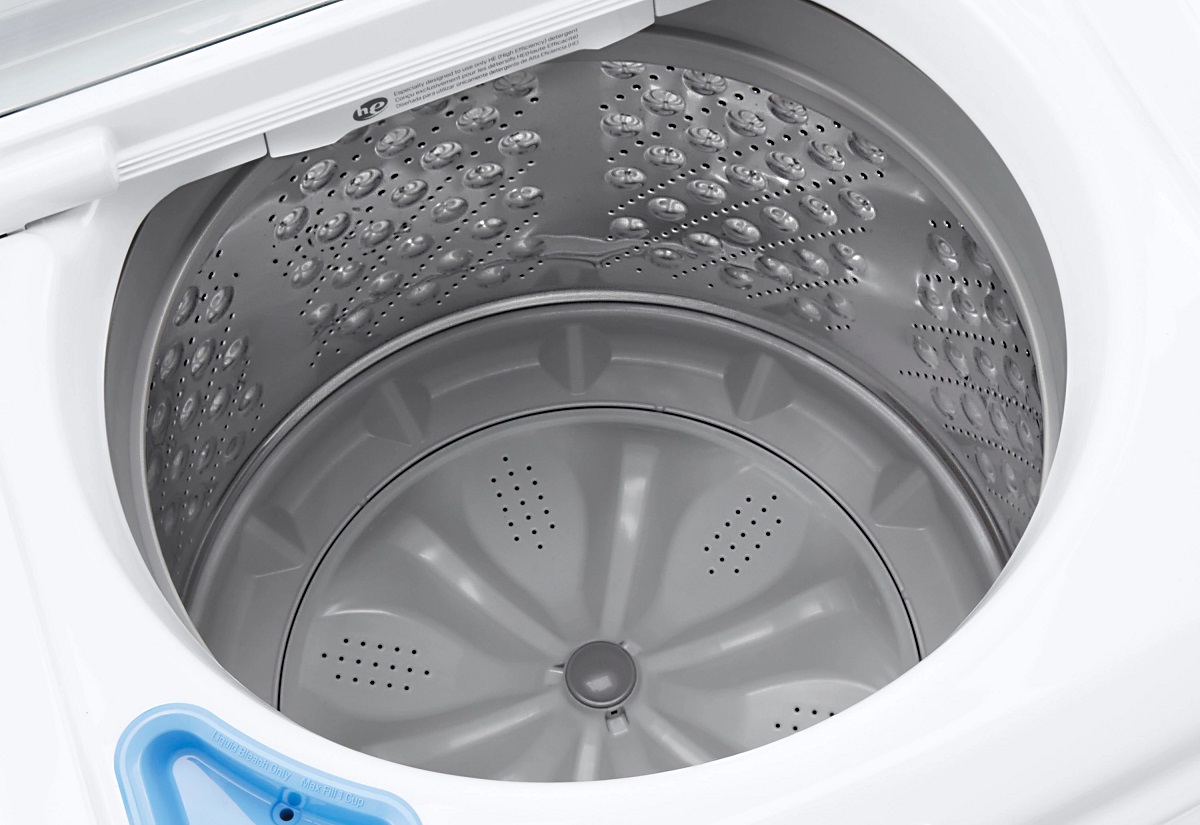

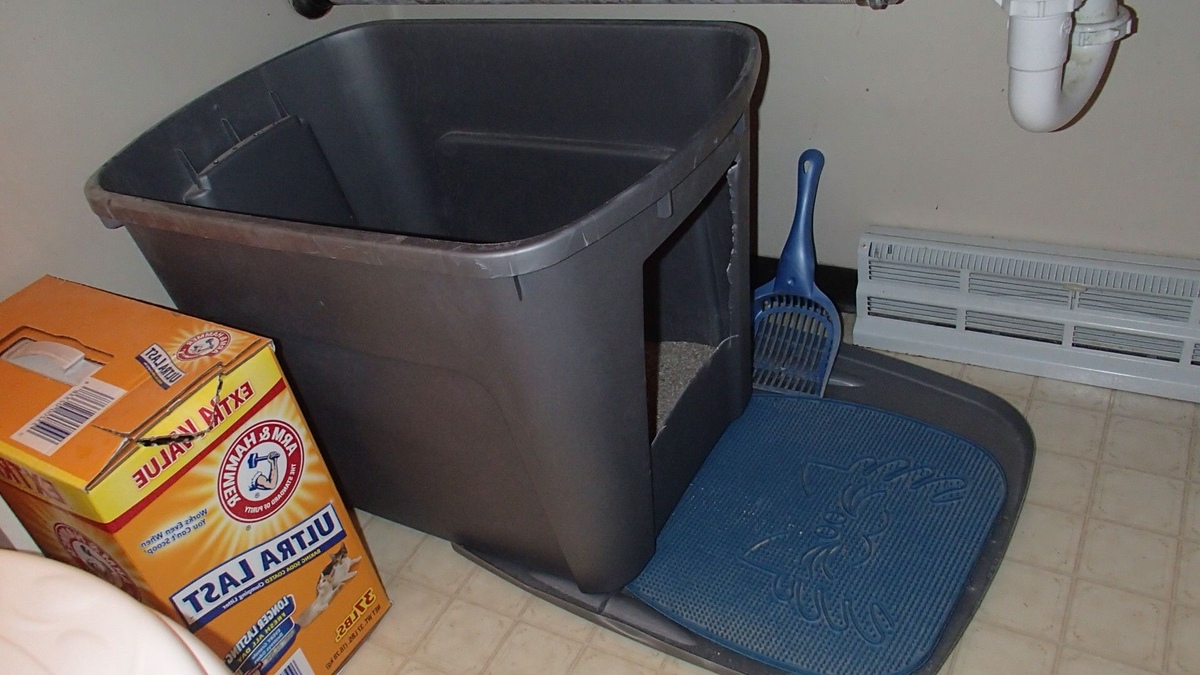
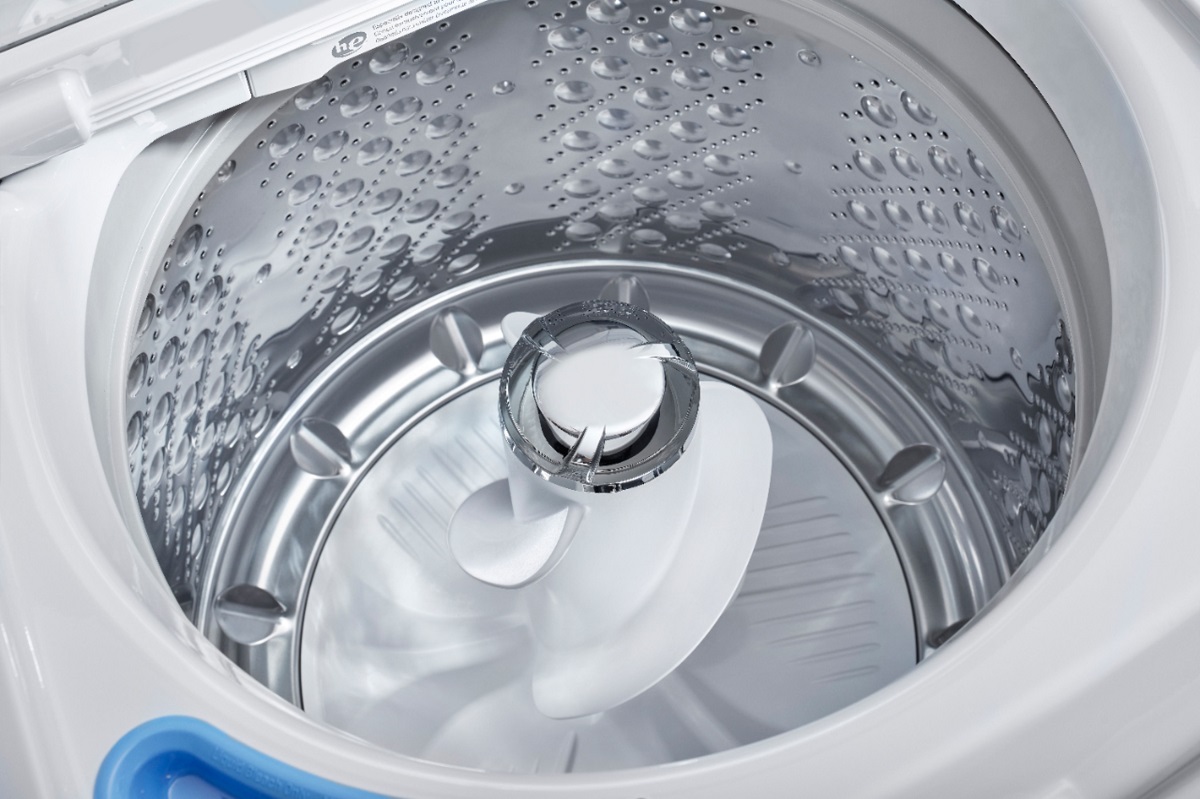

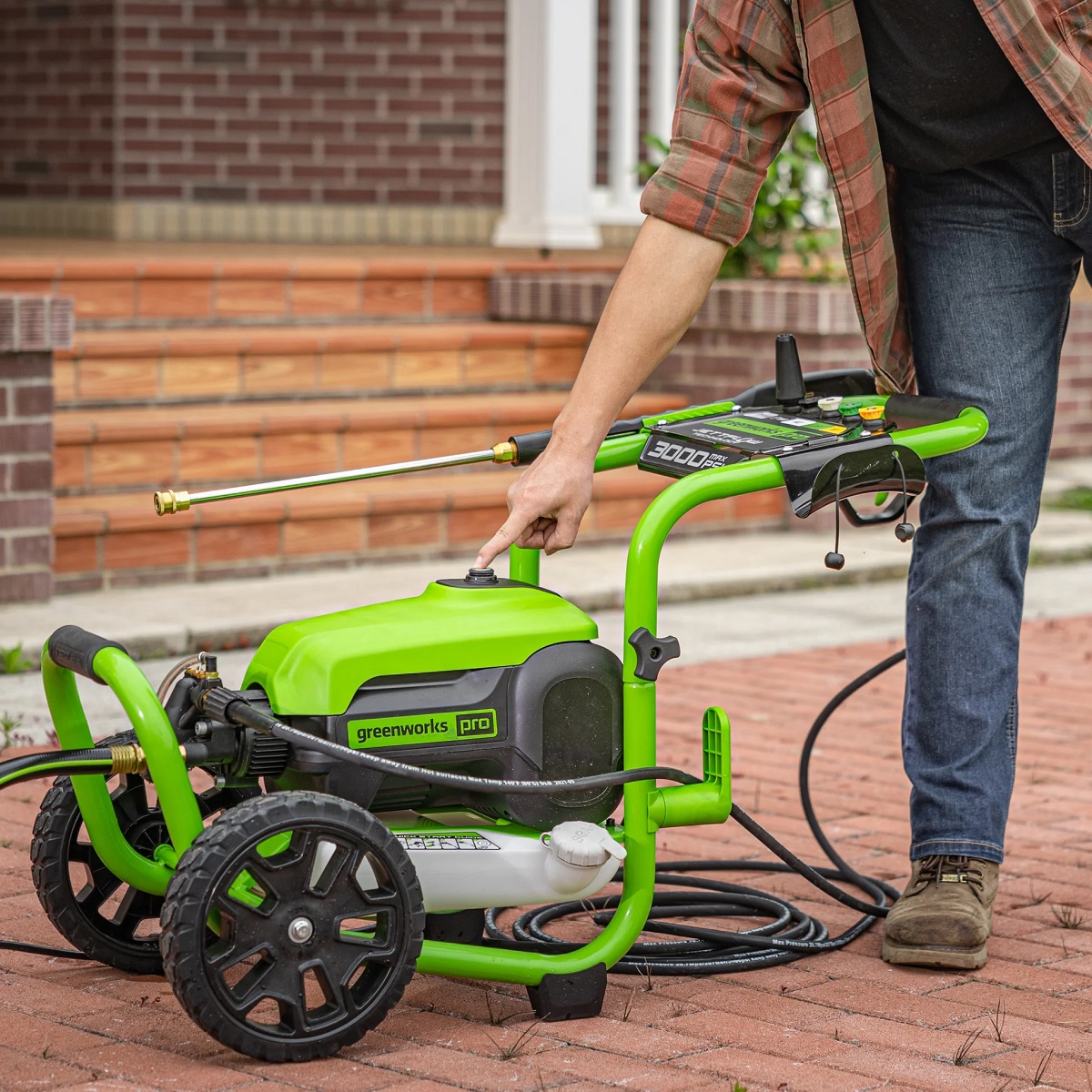
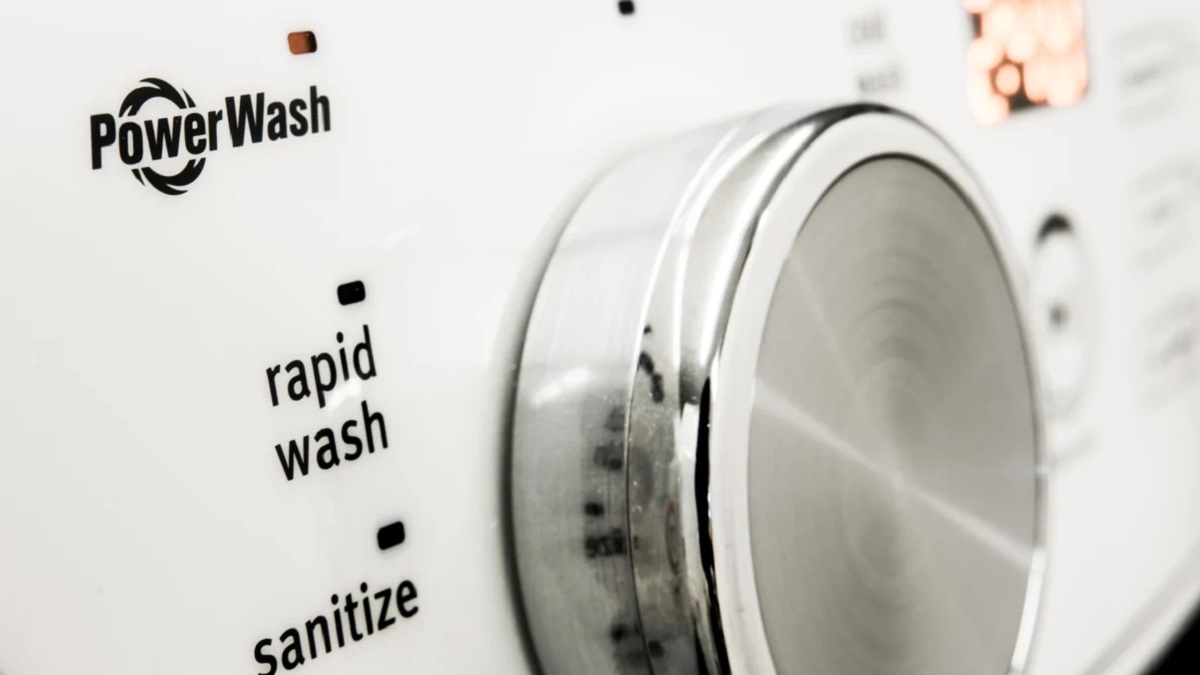

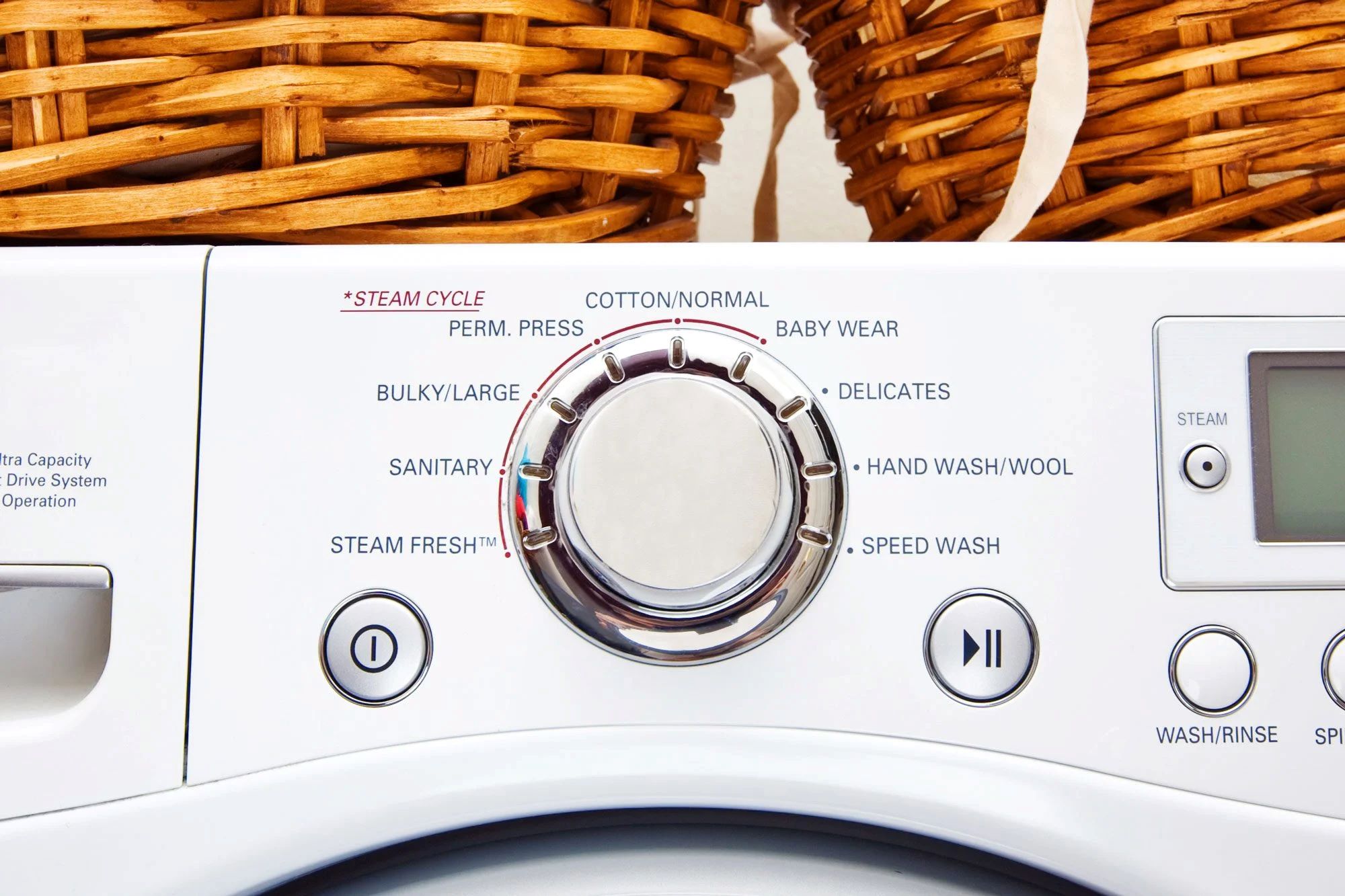

0 thoughts on “What Is The Largest Washing Machine Capacity”